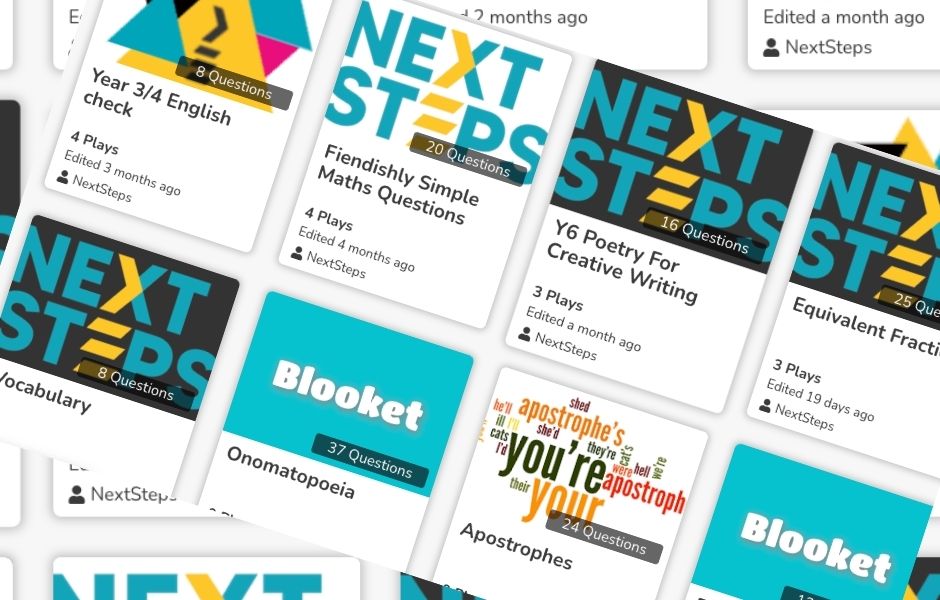Is your child learning to master fractions in Year 5? This month’s focus is around the stages of maths needed to understand fractions, concepts many children find the trickiest to grasp. Follow our hints and tips to kickstart learning fractions at home and get started with this difficult area of primary maths.
Knowing Your Times Tables Will Help You Master Fractions
Most learning around fractions relies on having a confident and fluent knowledge of times tables facts—both multiplication and division. You can make practicing and learning multiplication tables fun by playing some of the many online times tables games such as Times Tables Rock Stars, Hit the Button or Top Marks. Alternatively, build repeatedly recalling facts into a fun car game or set up Beat the Parent family challenges with a timed worksheets. Repeated recall is a great way to embed knowledge. We even have our own variety of times tables games all free to use. Sign up and search for ‘NextSteps’ (all one word) at www.blooket.com.

Understanding Fractions and Decimals
Children can find understanding the relationship between fractions and decimals difficult. However, they often get to grips with this once they see that the line between the numerator and the denominator just represents the division symbol. For example, 3/4 means 3 ÷ 4 which equals 0.75. Take a selection of fractions and try this on a calculator with your children. Add in ordering them on a washing line or the kitchen table and you have a great, fun way to make connections between fractions and decimals and their relative sizes.
As with lots of maths, learn a few key facts and your child will make quick connections when solving problems involving decimals, percentages and fractions. Learn by heart:
1/2 = 0.5 and 50%
1/4 = 0.25 and 25%
1/5 = 0.2 and 20%
1/10 = 0.1 and 10%
1/100 = 0.01 and 1%
Equivalent Fractions
Calculate equivalent fractions by multiplying the numerator and the denominator by the same number. A key learning point is that an equivalent fraction is always balanced, and whatever you do to the denominator must always be done to the numerator.
e.g. 3/5 is equivalent to 12/20 because
3×4 = 12 and
5×4 = 20
Both the denominator and the numerator are multiplied by 4 in this example.
Make fractions visual. You can do this by downloading resources, creating your own from natural resources (such as painted wooden discs) or card, or even when serving up family dinners at the dining table. Give your child visual images of fractions and they will find calculating with them easier to understand.
Converting Mixed Numbers and Improper Fractions
A mixed number is whole number and a fraction together, such as three and two thirds or 6 1/2. We tend to use mixed numbers to communicate with each other about amounts. An improper fraction has a larger numerator than denominator, such as eleven thirds or 13/2 and these are usually used in calculation.
To convert from an improper fraction to a mixed number, you need to know your times tables e.g. 17/4. find how many 4s are in 17, using inverse facts or division (there are 4 with one left over). The number of ‘4s’ you find will be the wholes and the remainders will stay as a fraction.
There are then 4 wholes and 1/4, so 17/4 = 4 1/4.
We have plenty more to say to help your children master fractions in Year 5. Look out for our videos on YouTube and our live maths lessons in our Facebook community for more hints and tips. We love making learning fun, so do join us!
Liz


